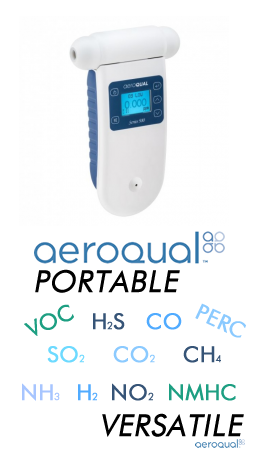Iron Information

Iron:
|
Other Names |
Ferrum; Ferrous Iron |
|
Chemical Formula |
Fe |
|
CAS Number |
7439 – 89 – 6 |
|
Industry Uses |
Supplements; Alloys; Automotive Products |
|
Health Risks |
Hemochromatosis; Heart and Liver Damage; Death |
What is Iron:
Iron is present in nature in the form of its oxides, or in combination with silicon or sulfur. The soluble iron content of surface waters rarely exceeds 1 mg/L, while ground waters often contain higher concentrations. Increased levels of iron cause the water to turn a rusty color that stains laundry and porcelain. Rust can cause a metallic taste to the water and cause sediments to build up. High concentrations of rust in surface waters usually indicate the presence of industrial effluents or runoff.
Iron contamination in oil field brines are typically a result of corrosion process of iron-containing metallic components and equipment. Accumulation of insoluble iron salts in a brine completion fluid can result in substantial formation damage and can significantly affect the productivity of an oil well. Quantifying total iron in brine is critical.
Iron Exposure and Health Risks:
Iron is essential for normal physiologic function, and low level exposure is essential. However, too much iron can be more harmful than helpful. Iron is a local irritant to the lung and gastrointestinal tract. Too much iron can cause iron overload disorders known as hemochromatosis. Hemochromatosis is an accumulation of iron that causes chronic liver disease and cirrhosis, heart failure, irregular heart rhythm, and hormonal issues. Excessive levels of free iron in the blood can be dangerous. The iron reacts with peroxides to produce highly reactive free radicals that damage DNA, proteins, lipids, and other cellular components. Iron toxicity occurs when the cell contains free iron which occurs when iron levels exceed the availability of transferrin to bind the iron. Excess iron damages cells in the gastrointestinal tract which prevents them from regulating iron absorption, leading to even more free iron in the body. Iron damages cells in the heart and liver causing effects like shock, metabolic acidosis, liver failure, coma, respiratory distress, organ damage, and death.
Regulations:
The table below summarizes the most-recent standards.
|
Limit/Level |
Type |
Organization |
|
0.3 mg/L |
Secondary Standards – Max Contaminant Level |
EPA |
Sources: EPA
Measuring Iron:
Dissolved Iron concentration in water can be measured in units of parts per million (ppm). We carry kits from CHEMetrics that determine Iron levels in water, ranging from 0-1 ppm up to 1200-12,000 ppm. We also carry a kit that determines Iron levels in brine in units of mg/L. All of our Iron products can be viewed HERE.
What type of component are you looking for?
| Fixed Mount | Handheld | Dissolved Kits: | Replacement Sensors: | Calibration Gas: | Rentals: |
 |
 |
 |
 |
 |
 |
All sensors require a yearly calibration to ensure your gas measurements are accurate and performing within manufacturer standards. This page is desiccated to the individual manufacturers we represent and their specific calibration procedures.
**Calibration Service Request Form **
|
Calibration costs do vary, see below to get an estimate: Calibration Fee: $150 Analyzer Calibration Fee: $300 PM Calibration Sensor Fee: $330 Genie Calibration Fee: $265 ATI Calibration Fee: $205 ** note that prices are subject to change per labor and parts required. |
Contact us for help choosing the right product for your application















